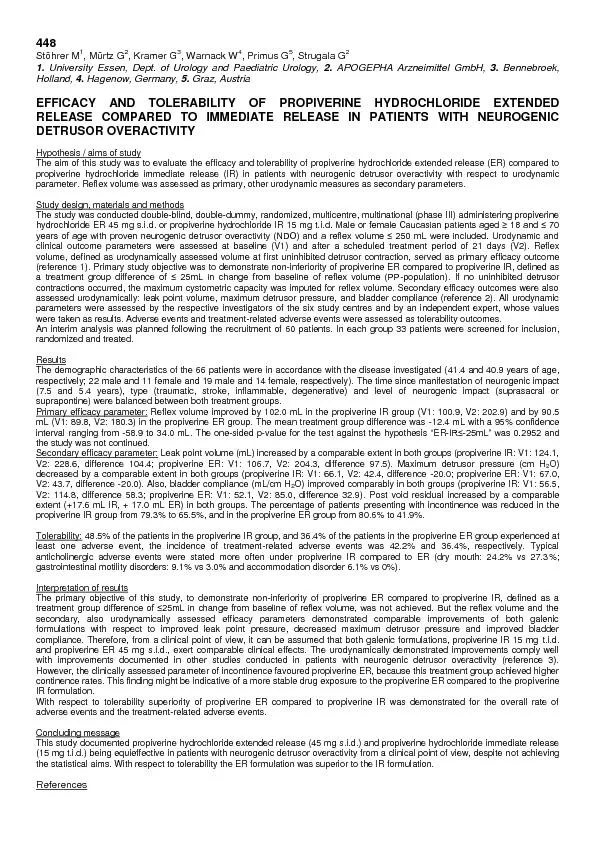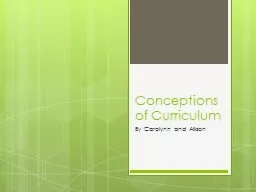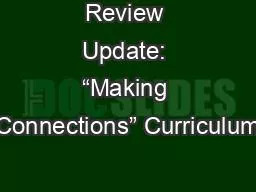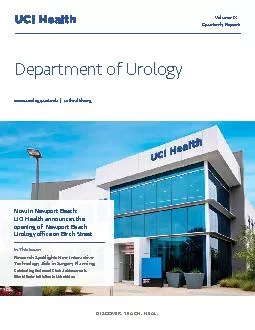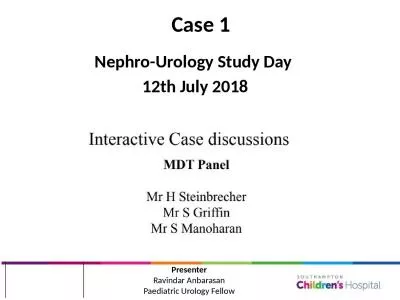PPT-Canadian Undergraduate Urology Curriculum (
Author : marina-yarberry | Published Date : 2020-04-04
CanUUC Incontinence Last reviewed May 2017 General Coments from the Review Are we missing iatrogenic SUI from prostatectomyTURP and male treatment options for
Presentation Embed Code
Download Presentation
Download Presentation The PPT/PDF document " Canadian Undergraduate Urology Curricul..." is the property of its rightful owner. Permission is granted to download and print the materials on this website for personal, non-commercial use only, and to display it on your personal computer provided you do not modify the materials and that you retain all copyright notices contained in the materials. By downloading content from our website, you accept the terms of this agreement.
Canadian Undergraduate Urology Curriculum (: Transcript
Download Rules Of Document
" Canadian Undergraduate Urology Curriculum ("The content belongs to its owner. You may download and print it for personal use, without modification, and keep all copyright notices. By downloading, you agree to these terms.
Related Documents



